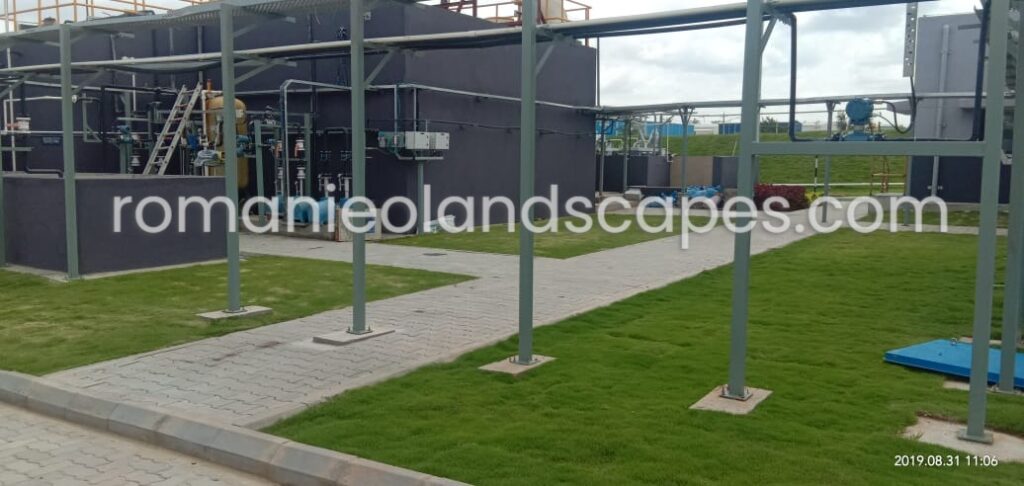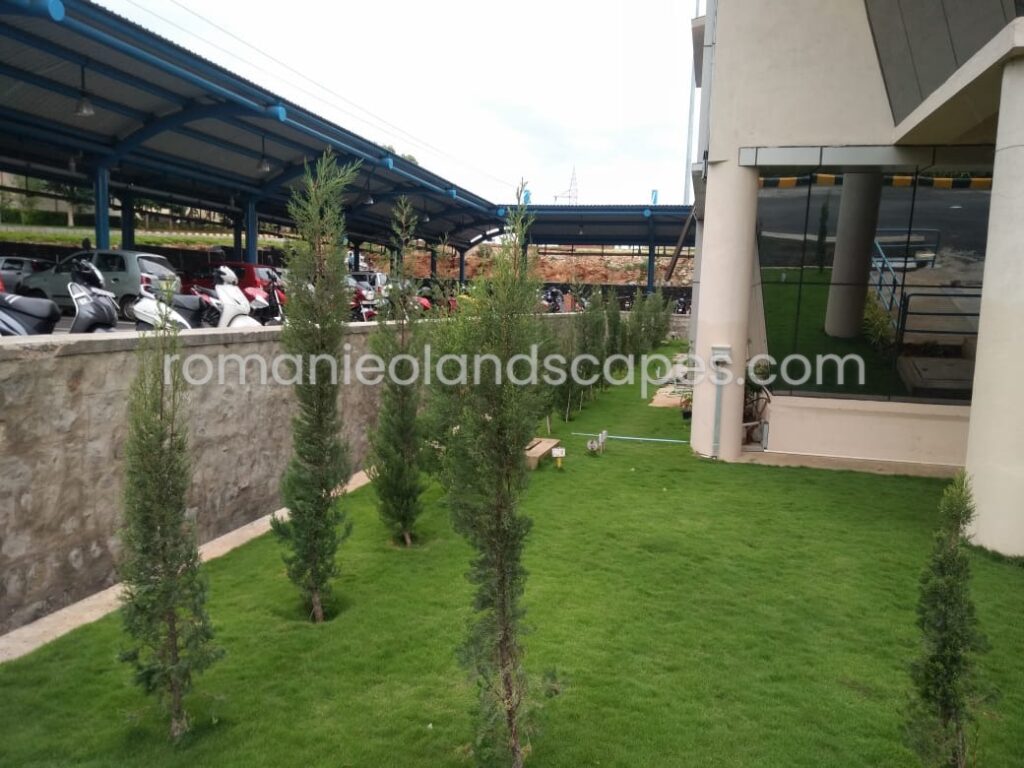Landscape Planning For Industries
Introduction to Landscape Planning in Industries
Landscape Planning is the process of designing, developing and managing the landscape for a particular area. Landscape planning is undertaken as an integral part of urban and regional planning, as well as for private developments.
Landscape Planning Process is a process for the design and development of landscapes. It is a process that is followed by landscape architects, designers, and planners.
The first step in landscape planning is to understand the site and its context. This includes understanding how it functions now and what it could be like in the future, considering relevant aspects such as ecology, geology and hydrology.
Landscape planners can work on a number of different scales, from small gardens to large-scale master plans for entire regions or cities. They need to understand all aspects of design including architecture, engineering and ecology before they can create a successful landscape plan.
The landscape planning process starts with an idea or concept that is then explored in detail. This exploration can be done through research, interviews with stakeholders such as site managers and local community members, analysis of existing data such as maps and aerial photographs, or brainstorming sessions to test ideas.
A process that goes into site selection also includes identifying constraints for a given location including natural features, economic factors, social factors, and environmental factors. For example, a site selection process may include identifying a river or mountain as a natural constraint or that there is no budget for the project.
What is Landscape Planning?
Landscape planning is a profession that involves the design and implementation of outdoor space, including public parks and gardens, private gardens, institutional grounds, and large-scale urban planning.
The term landscape architecture may be used to refer to the process of designing or creating an area with a variety of natural features such as plants, rocks, water features, and structures.
Landscape design is also a process that includes the design of garden spaces.
Landscaping consists of adding trees, shrubs and flowers to an outdoor space in order to make it more attractive or functional.

What do Landscape Architects do?
Landscape architects are responsible for designing the layout of land and the planting of vegetation to create a pleasing environment. They also work with engineers and other professionals to ensure that infrastructure such as irrigation systems, roads, and buildings are in harmony with the natural environment.
Industries that Need Landscape Planning to be Successful
Landscape planning is the process of identifying, acquiring, and designing a landscape for a project.
Landscape planners are often employed by construction companies or developers to ensure that their projects have a cohesive and aesthetically pleasing design.
Landscape planners often need to have an understanding of the local ordinances and regulations in order to know what can be built on a given lot. They also need to understand the various types of plants that grow well in different climates and what type of soil is needed for those plants to thrive.
Functionality of the Landscaper’s Toolkit in Industry Sectors
The Landscaper’s Toolkit is a set of plant types that are suitable for different industries. The Toolkit includes plants that are not only aesthetically pleasing but also function as natural air filters, noise barriers, and even pest control. These plants can be used to improve the environment of the workplace and also improve productivity.
This article will discuss how the Landscaper’s Toolkit can be used in different industries to help with their needs.
One of the most important tools used by a landscaper is their toolkit. This is an important kit that contains all the necessary tools to complete any type of project. The following are some industries where this toolkit may be helpful:

Successful Landscapers’ Project in Industrial Sector
The landscape plan is a map of the site that shows the location of existing and proposed buildings, roads, parking areas, trees, shrubs, water features and other landscaping elements. It is used to show how the site will be developed in the future.
A landscape plan should include:
– A map of the site with existing and proposed building locations highlighted.
– A list of existing trees and shrubs on site with their sizes indicated
– A list of proposed trees and shrubs with their sizes indicated
– A list of existing water features on site with details about their size and shape
– A list of proposed water features on site with details about their size and shape
– Details about any parking areas or other infrastructure on or offsite
—
In this article, we will discuss the benefits of landscape planning and how it can help industries to achieve growth.
Landscape planning is a process that includes evaluating, designing and implementing a plan for an area of land. The process often includes the following steps:
1. Evaluating the site’s characteristics and constraints
2. Planning the layout of the site
3. Designing and implementing a plan for an area of land
—
A landscape plan is a guide to the physical environment of a site. It is a document that provides information about the site and its surroundings, and outlines how it should be managed to achieve specific aims.
A landscape plan can be used for many purposes, including:
– Planning new developments on an existing site – Redeveloping an existing site – Managing a contaminated site – Protecting or enhancing biodiversity on a development or brownfield site.
—
Landscape planning is a process that involves the development and implementation of a plan for an area of land, its natural features and its human uses.
The landscape planning process is not a one-time exercise; it is an ongoing process that must be revisited regularly in order to maintain, improve and update the plan.
Landscape planners work with people from many different disciplines such as architects, engineers, environmental scientists, geologists or biologists. This means that they must have an understanding of these professions in order to work effectively with them.
If you are thinking of installing a landscape in your Industrial Property,Think no further we at Romanieo Landscapes provide you with quick and functional plans to make your industrial land beautiful with a successful installation. Click on the WhatsApp icon below to speak to a specialist right now! Contact us NOW!
